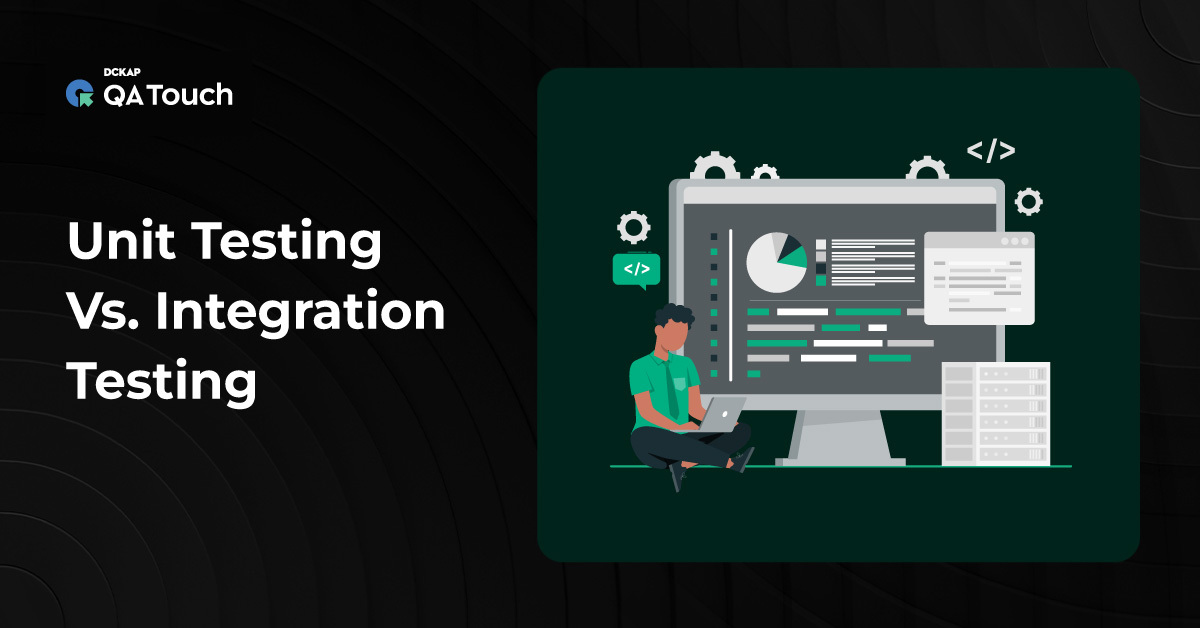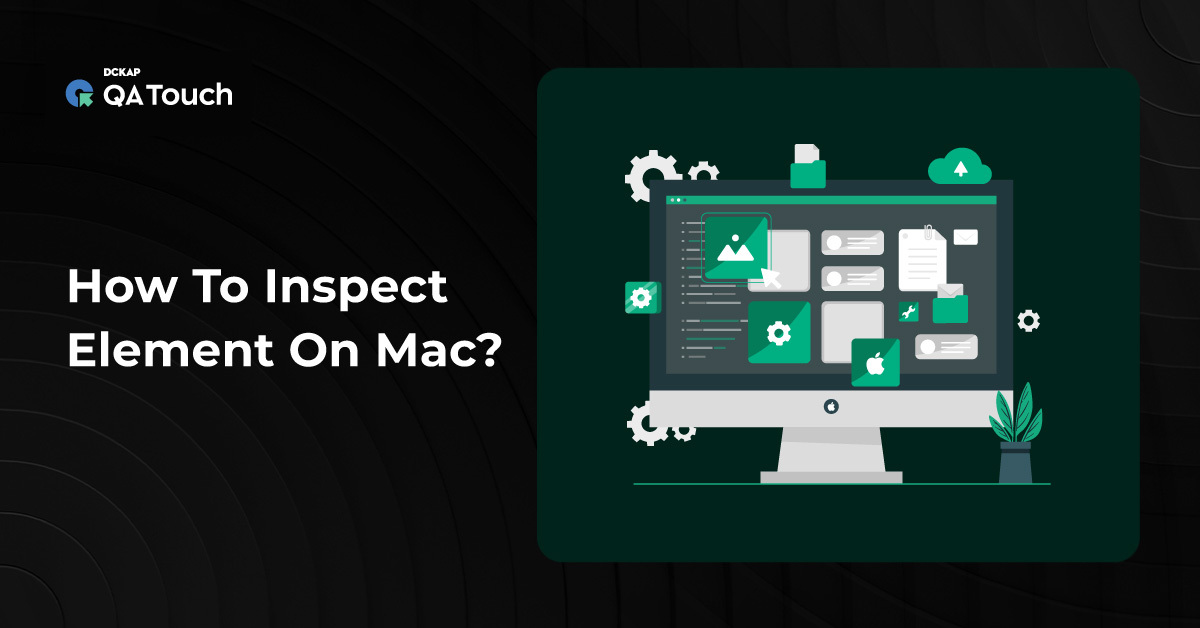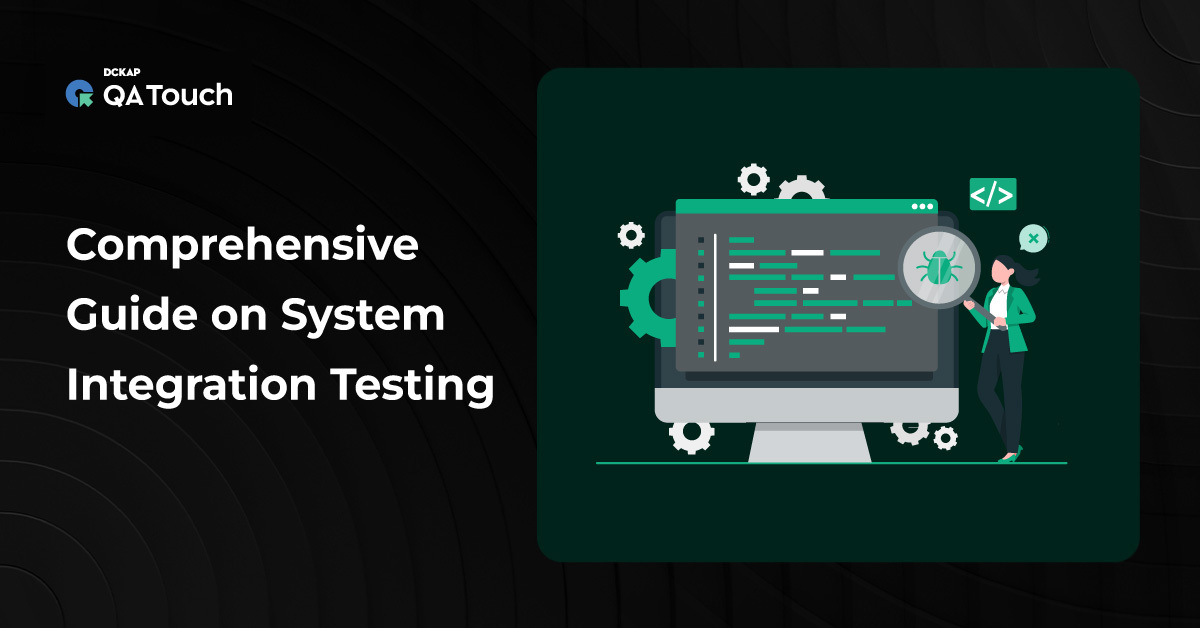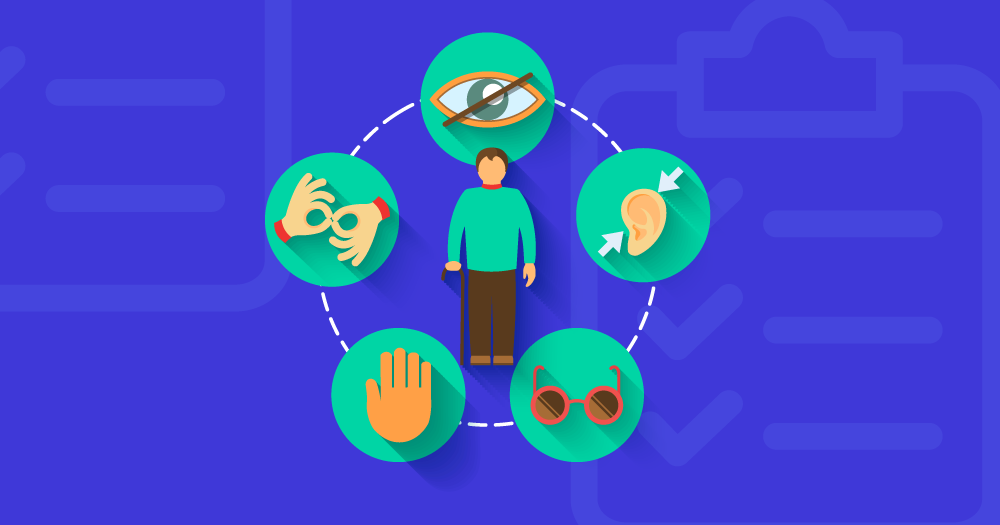Microservices architecture is being used by web and mobile application developers all over the world to create and deliver exceptional tech solutions that are quick, responsive, and tightly linked to an ecosystem.
Unlocking high potential in the setting of a quickly developing tech startup has significant rewards, therefore, anything that breaks down obstacles to the creation of superior technology is valued and accepted by everybody.
Microservices-Deep Dive
A web service, often known as a service, is a web contract that communicates across protocols such as HTTP and serves as an interface between the application’s user interface and databases. The concept of microservice architecture is to break down a long and complex business and user narrative into tiny modules and develop distinct services for each one.
Strategies for Microservices testing
Microservices testing consists of multiple components, including unit testing, integration testing, end-to-end testing, and performance testing. Here’s a complete guide to help you with microservices testing.
Unit Testing: Unit tests are usually written at the class level or for a limited set of related classes. The smaller the unit being tested, the easier it is to represent the behaviour using a unit test. Unit testing distinguishes itself by isolating the unit under test from its collaborators.
Integration Testing: An integration test examines the communication channels and interactions between modules and their dependencies. Integration tests aggregate components and test them as a subsystem to ensure that they work together as intended to deliver a bigger result. Examples of module integration tests show communication between repositories and the service layer, as well as between the service layer and the resources. External dependency integration test examples include testing connecting data storage, caches, and other microservices.
Component Testing: A component test evaluates the end-to-end functioning of a microservice in isolation by substituting its dependencies with test doubles and mocks. A microservice architecture’s components are the services themselves. By building tests at this level, the API’s contract is driven by consumer-oriented testing. The service is isolated by substituting external collaborators with test duplicates and probing or configuring it via internal API endpoints.
Contract Testing: A Contract Test is a test performed at the border of an external service to ensure that it fulfils the contract requirements of the consuming service.If two microservices or a microservice and its dependent services collaborate, they enter into a contract. Assume Microservice A and B are collaborating, with Service A sending/seeking data and Service B responding to all incoming requests. In that instance, a contract is formed between Service A and B. Here, Service A is referred to as the customer, and Service B as the supplier.
End-to-end Testing: End-to-end tests bring value to a microservice design by covering the gaps between the services. You are not required to develop tests for all of the microservices involved. Simply identify and automate a few high-level business operations or user journeys. Any UI or API automation library may be used. Selenium, when combined with REST-assured, is an excellent test framework.
Performance Testing: While the necessity of performance testing is generally recognized, it is important noting the level at which you execute it for microservices. It is advised that you accomplish it in two
stages:
*Microservice level (for each microservice that is deployed).
*System level (when all microservices are deployed to collaborate)
Challenges of Microservices Testing
Building distributed systems with microservices has numerous benefits, but testing these apps has unique issues. The naïve approach is to test all of a microservice’s service components simultaneously in the same environment, using standard testing methods. However, this will not be an accurate test of a microservices application. In most cases, the components will not be available in the same form or environment.
Another issue is that a service component that implements an API (known as a “provider”) is unaware of other service components that utilise the API (known as “consumers”). This implies that even if a provider microservice is fully tested, there is no guarantee that the modifications will not cause customers to experience API issues.
You might want to consider creating a test environment that allows you to test the procedure from start to finish. However, this would be expensive and difficult, and automated testing would be too sluggish to be useful in today’s fast-paced development.
Another option is to do thorough manual testing during the development stage to uncover problems with service interaction. This is especially problematic since microservices solutions might have a huge number of components, and fully understanding their behavior is much simpler to observe in production rather than during development.
How to overcome the challenges?
- Make an extra effort throughout the expansion period to keep the business analysis, experience design, quality assurance, and development teams aligned.
- Document, log, and monitor interactions between all systems and participants because proof is more useful than people’s statements.
- Suppose there is a mistake or miscalculation at the system architecture, CI/CD design, or implementation level. In that case, it is preferable to suspend the process and address the core issue first, even if it is discovered after developing a significant amount of code.
- Try to create a culture where human aspects are fully recognized and interpersonal equations that run both ways in a hierarchy are controlled fairly.
- Cooperation and helpfulness within a team should be recognized and rewarded.
Winding up
With a solid grasp of what microservices are, how to test them, which testing types to include, and where to execute the tests about the environments, you can confidently propose the optimal test plan and microservices testing strategy for your organization/client. However, this is subject to customizations and modifications based on a variety of factors, including the cost of implementing all testing types, resource capacity and availability, time and project delivery timelines, the cost of test automation engineers, infrastructure and hardware (e.g., cloud), budget, and many others.
While issues may arise throughout your end-to-end testing, it is critical to be subjective and have a focused strategy that is quick, responsive, and well-integrated into the ecosystem.










